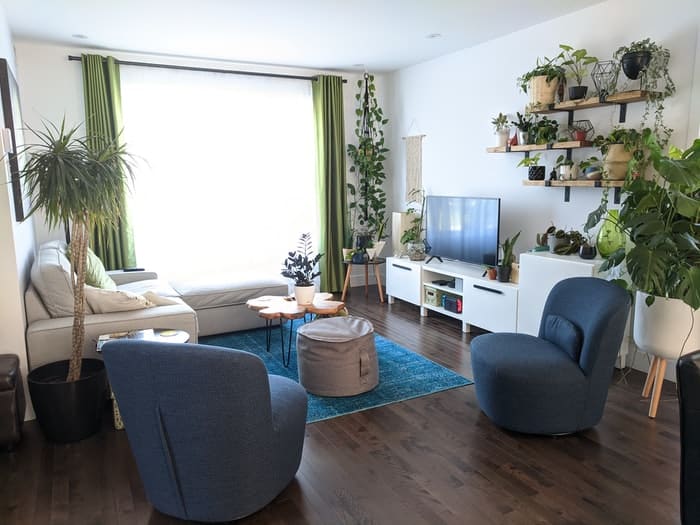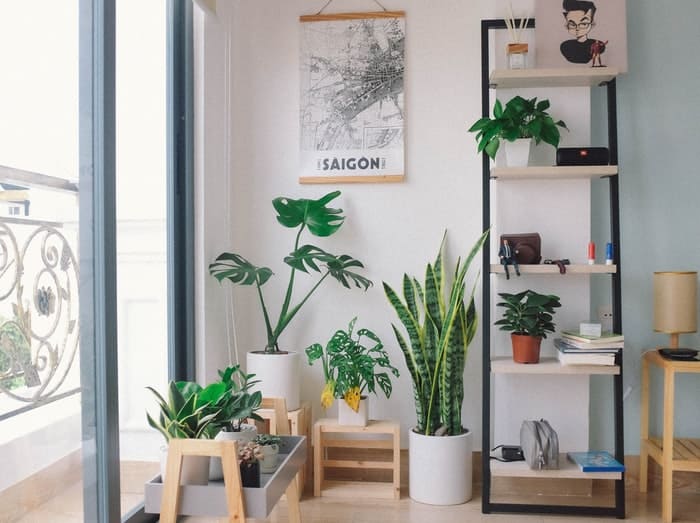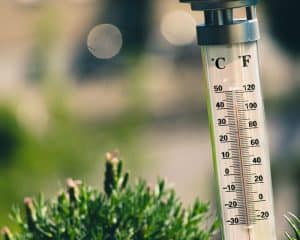Houseplants are a great way to bring life into a room, and with the right care, they can last many years. The best way to keep your houseplants healthy is to give them plenty of light, water them regularly, and fertilize them every few months. You should also inspect your plants for any pests or diseases and treat them accordingly. If you follow these guidelines, your houseplants will thrive and add beauty to your home for many years.

Average Lifespan of Houseplant
Houseplants can make a homey and relaxing addition to any room. However, like all plants, they will eventually need to be replaced. How long do houseplants last? That depends on the type of plant, the care it receives, and the environment it is kept in. Generally speaking, most plants will last 2 to 5 years provided they are regularly watered and fertilized.
Factors that Will Affect the Lifespan of Your Houseplants
Houseplants are often thought of as decorative additions, but they can have a significant impact on your health and well-being. Here are five factors that will affect the lifespan of your houseplants:
Watering
Watering your plants is essential to keeping them alive, but it’s easy to overwater them. In fact, most houseplants need watering only once a week. Overwatering can kill a plant quickly by causing the roots to rot. It’s important to check the soil moisture before watering and not water too often.
Lighting
Houseplants are a great way to bring life into your living space and improve air quality, but not all plants thrive in the same light conditions. Most plants need medium to bright light, but too much or too little can kill them.
If you’re not sure how much light your plant needs, ask the staff at your local garden center for advice. They’ll be able to tell you which plants are best suited for the amount of light available in your home and give you tips on how to provide your plants with the right amount of light.
Too much light can cause a plant to overheat and die, while too little light will make it weak and susceptible to disease. So if you want your plants to live long and healthy lives, be sure to provide them with the right amount of light.

Temperature
Temperature is one of the most important factors affecting the lifespan of your houseplants. Warmer temperatures can speed up the growth process and lead to increased water needs, while cooler temperatures can slow down growth and reduce water needs. In general, plants need more water when it’s warmer and less when it’s cooler.
Make sure to adjust your watering schedule accordingly to ensure your plants stay healthy. Additionally, you’ll want to keep an eye on the temperature in your home – especially during the winter months – to make sure it’s not too cold for your plants. Some plants can’t tolerate temperatures below 50 degrees Fahrenheit, so if you’re keeping them in a colder room, you may need to provide additional heat.
Fertilizing
No matter what type of plant you have, it’s important to provide the right level of nutrients in order for it to grow and thrive. While fertilizing your houseplants can affect their lifespan, it’s important to note that different plants require different types and levels of fertilizer. Too much or too little fertilizer can be harmful, so it’s best to consult with a professional or read the instructions on the package before fertilizing your plants.
In general, most plants need a balanced diet that includes nitrogen, phosphorus, and potassium. Nitrogen is responsible for leaf growth, phosphorus helps with root development, and potassium is necessary for flower production. If you’re not sure what type of fertilizer to use, there are many all-purpose formulas available at home improvement stores or online.
Pruning
When it comes to houseplants, pruning is key. Dead leaves and flowers can affect the overall appearance of the plant, making it look unhealthy. In addition, over-pruning can actually kill a plant. So, how do you know when and how to prune your plants?
The best time to prune most plants is after they have flowered. This allows the plant to put its energy into producing new flowers instead of repairing old ones. However, there are a few plants that should be pruned before they flower. These include African violet, azalea, camellia, gardenia, hibiscus, and jasmine.
When it comes to pruning, there are two main techniques: thinning and heading back. Thinning involves removing entire branches or stems from the plant.
Humidity
If you’re having trouble keeping your houseplants alive, it may be due to the humidity level in your home. Most houseplants prefer high humidity levels, especially those from tropical climates. If the humidity is too low in your home, you may need to take some steps to increase it.
One way to raise the humidity level is to use a humidifier. A humidifier can be helpful in winter months when the air is dry, but it can also be used year-round in homes with low humidity levels. Another way to increase humidity is by placing plants near a water source, such as a sink or shower. You can also group plants together to create a “humid zone.”
If you live in a climate with low humidity, you may need to take special care of your plants.
Conclusion
In conclusion, with the right care, houseplants can last for many years. By following the guidelines above, you can ensure that your plants stay healthy and thrive. Keep in mind that different plants require different levels of care, so be sure to do your research before bringing a new plant into your home.









